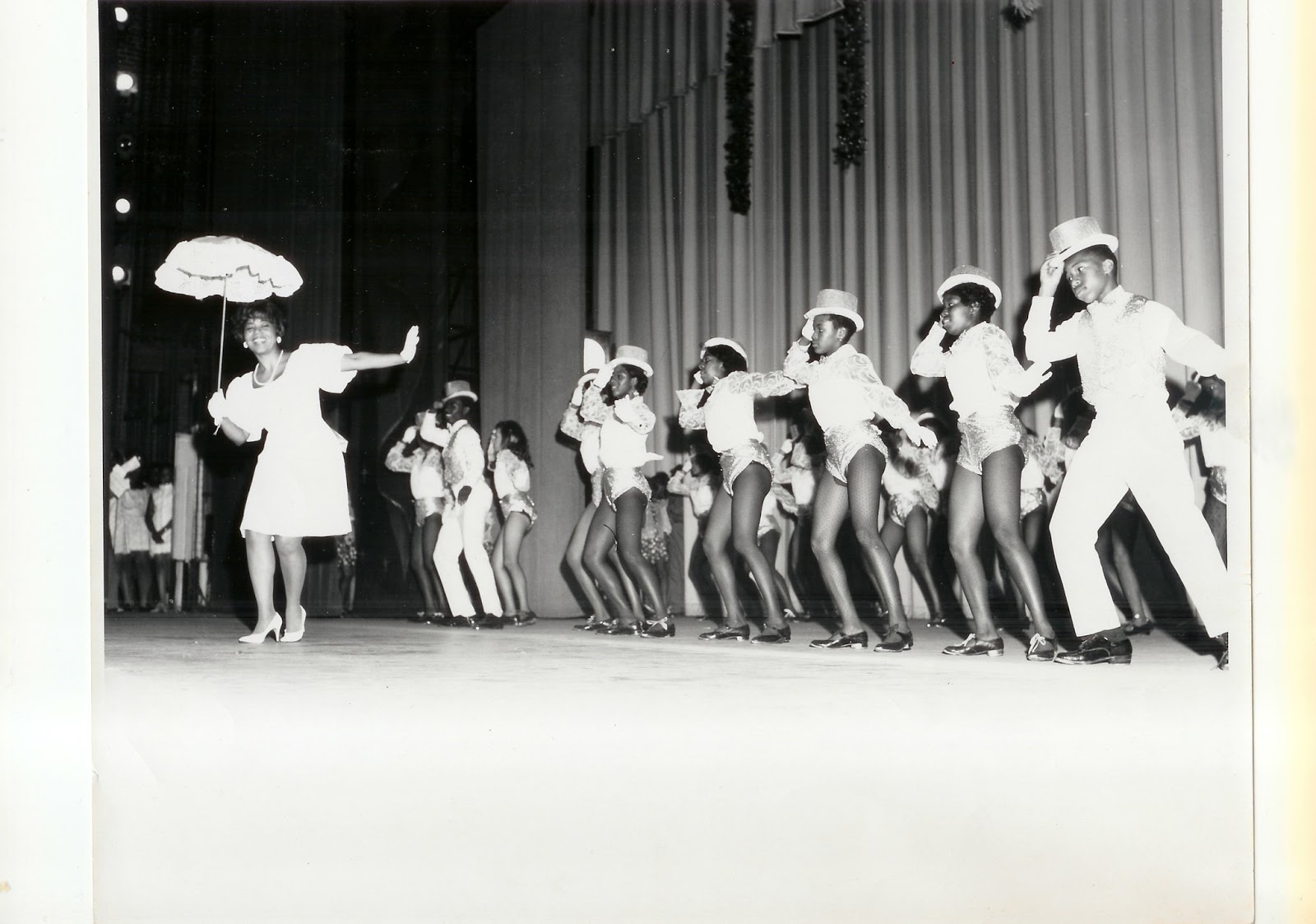
Welcome to Maker Ed’s “Growing up Making” community blog series that highlights how maker educators have been influenced by family and their community. By sharing stories of what inspires maker educators, we’re excited to showcase the impactful and multigenerational human history of making.
This post was written by Kennan Scott, a former civil engineer, and current 7th and 8th grade engineering teacher at West Oakland Middle School in Oakland, California. Share your own #GrowingUpMaking story with us online via Twitter.
A Journey into Multi-generational Making
By Kennan Scott
When I first thought about growing up making, I did not see a history of making in my family. I thought of myself, and my childhood love of taking things apart.
Much to the discomfort of my poor mother, expensive brand new technology was my preferred target. The VCR, the microwave or the car stereo, all met the same horrific fate. I learned a ton about how things work by taking them apart, but never quite got to putting them back together. That was until I decided to take a bold leap and take apart my own technology.
My Gameboy suffered from dead lines. The once perfect pixels now smeared the screen, interrupting gameplay. Armed with a tiny screwdriver, I dove in and took apart the best portable gaming system ever created. My mom walked into me with about a thousand pieces of a very expensive gift and some aluminum foil strewn about my room. This moment, when I was able to channel my frustration into creativity and problem solving, is my first real memory of the magic of making. With pride, I say that Gameboy served me well for many years after.

This is, of course, is a story that begins and ends only with me. The true story of making in my family is multi-generational and was driven by the same magic of necessity that pushed me to take apart my favorite piece of technology.
My grandfather Carlton Scott brought my family to the United States from Trinidad and Tobago in the 1950’s. Migration to the States from the Caribbean was very challenging, and living here was no easy road either. As a young boy, I would sit with my grandfather as he restored vintage furniture in NY hotels, a job that used toxic chemicals now banned for health concerns. I watched as he took care and time, despite the difficulties of the job, to make something weathered and seasoned shine like new. Through his persistence and creativity, my grandfather helped support his family in a new country.
This hard working mentality continued with my mother, Dianne Scott as she taught special education in NY for over 25 years. During my quest to understand my history with making, I truly began to appreciate my mother’s maker mindset, and the ways in which she inspired the work I do today as a maker educator. Motivated by my mother, I left a career in engineering to become a public school educator. Though I could certainly talk about the many ways in which her work as an educator pushed me to take on this new position, it was her second job as a dancer with the Gloria Jackson Dance Studio that really introduced me to the potential of community building through making.

The studio stood as a pillar the community for many years. Many generations of families, including my own, learned dance there. My mother worked hard, first as a student, then as a front line dancer known for being powerful yet smooth, and later a choreographer at the studio. She could make the incredible look effortless. What really stands out to me now, is how my mother choreographed yearly productions that incorporated hundreds of dancers moving in and out with music and a story. She was constantly tinkering with which dancers were best suited for specific parts and how dancers moved in formations. It was through African dance that I first found community through creativity, and my mother was my inspiration.
As an African American male, I chronically underestimate the making that has been prevalent in my culture, community, and home for many generations. My definition and understanding of what in writing this piece, I was encouraged by the maker ed community to expand my definition of making and in doing so, I was able to unlock new understandings of my own family history and the role that making played in it.

Leave a Reply